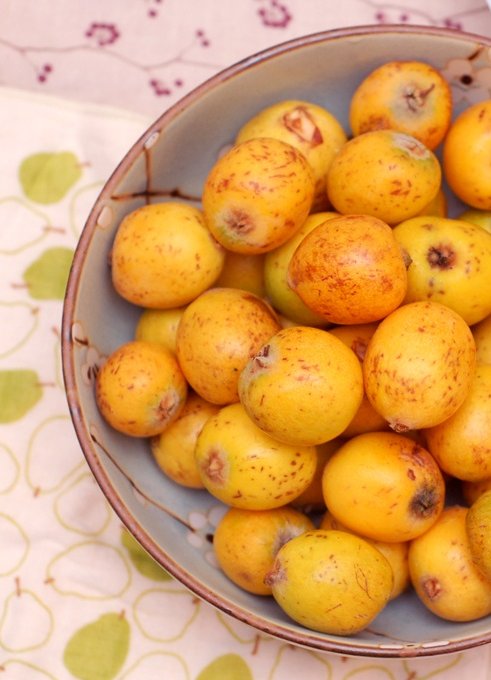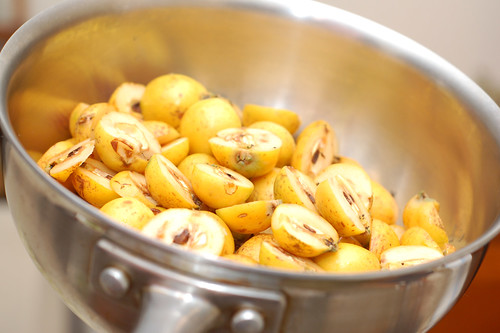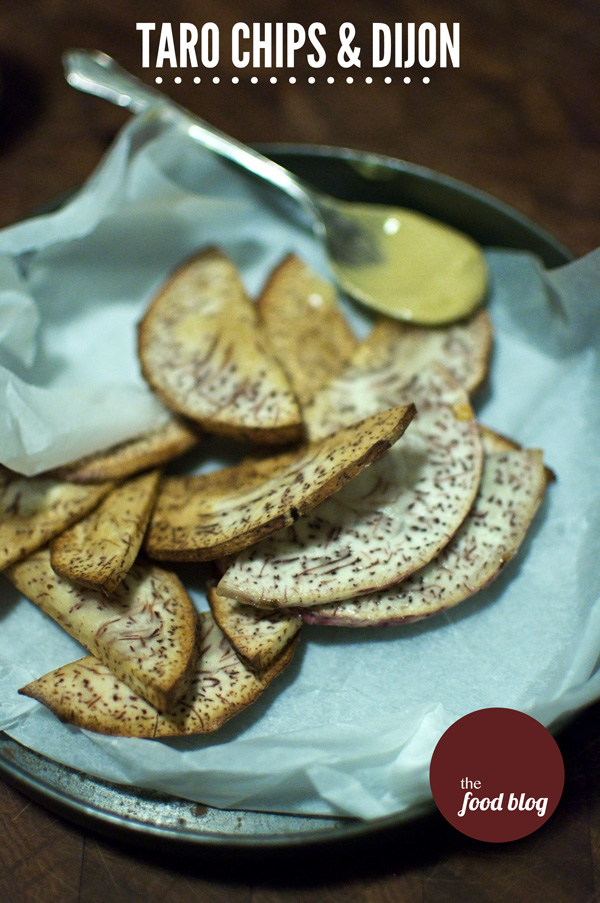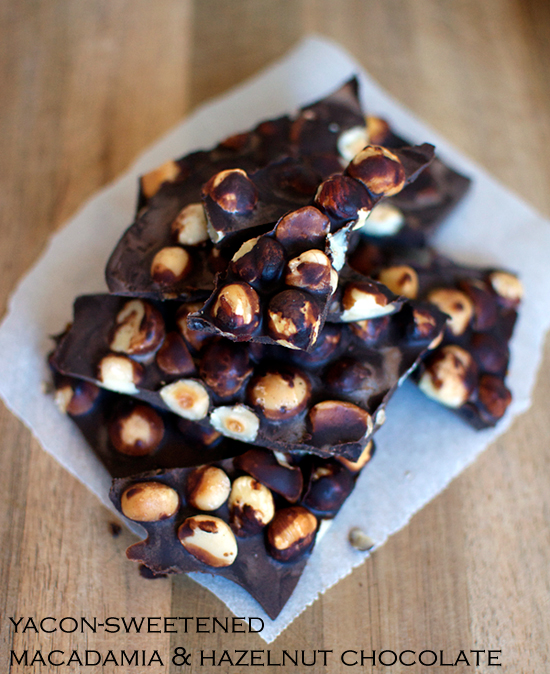Loquats have always played a big role in my life. In our garden back in Lebanon are three large loquat trees which we have inherited from our grandfather. They grow next to the remnants of the concrete water tank my father knocked down in fear that we may fall in and drown. The trees were really something special. Their leaves beautifully long and dark green, and the light-proof density of their growth invited us to play in the shade. Even as a kid, laziness was a defining quality of mine, and I would spend hours lying under the trees with my friends, picking the tasty orange fruit, squeezing the seeds at each other and eating the sweet flesh. Still to this day, I think those trees have produced the best tasting loquats I have ever had.
When you grow up with something you love, you feel it somewhat defines your childhood, personality and contributes to your sense of belonging. And so, it did come as a bit of a surprise to me to find out a few years ago that loquats, which I had thought were typically Lebanese, have actually originated from southeastern China. They are so well established in Lebanon that it is almost hard to believe they could have come from anywhere else. In retrospect, simply examining the leaves should have given me some clues, as they are so different in shape to anything I know coming from the Mediterranean.
Despite discovering their true origins, I still have a soft spot for loquats. So imagine how happy I was when I moved to Newtown, next to several neighbouring loquat trees, full of fruit that no one wanted to eat. For some reason, despite the widespread availability of the tree, loquats are still somewhat obscure and unknown to most Australians (at least those I know). So I would take my embarrassed English wife with me on fruit picking adventures, and come back with bags full of fruit. The Newtowners passing by would look at us strangely, and most would hesitate to try the fruit when offered to them, though they seemed to like the idea of someone doing some serious urban foraging.
Back in 2001 when I met my wife, a loquat tree self germinated, took root and started growing at her parents’ home in Picton. Lainy considers it a sign from the cosmos that we now share a family tree, so to speak. The Picton loquat has been growing wonderfully for 8 years, and this spring it has grown to be around two and a half meters high and is profusely studded with fruit. So yesterday, as I came back home from the World Chef Showcase, Lainy had just returned from her weekend away with a small bowl of the season’s first loquats. We picked the ripe ones for eating fresh, and decided to make loquat jelly out of the more citrusy ones. I had never made loquat jelly, but as I share many a common interest with Maggie Beer, I reached for her excellent book, Maggie’s Harvest, where she has a recipe for this stunningly orange loquat jelly. It is worth mentioning that loquats are naturally high in pectin (the substance that helps jam set), so no added pectin is needed. Also, increasing the amount of sugar (as I did) should produce a less runny jelly. And finally, a word on jam, jelly and marmalade. Jam is the preserve made using the flesh of non-citrus fruits while marmalade describes the preserve made with citrus fruit. Jelly is the preserve made with only the juice of the fruit, citrus or not. So by jelly, I don’t mean Aeroplane Jelly. Have a look around your area and see if there are any loquat trees. You will be surprised by how common they are. Be encouraged to pick the fruit, it’s now in season.
Loquat Jelly Recipe, adapted from Maggie’s Harvest by Maggie Beer
Ingredients
Fresh Loquats
Sugar
Water
Lemon Juice
Method
Put a small plate in the freezer. Halve the loquats, put them in a sauce pan, and add enough water to simply cover them. Bring them to a boil and simmer them until a third of the water has evaporated and the flesh is soft and pulpy. Strain, water and all through a fine sieve and press on the flesh to extract as much juice as possible. Make sure you don’t discard the water. Measure your liquid, and for every cup add 3/4 cup of sugar. I used a 1 to 1 ratio which gave me a nice, stiff jelly, which was a bit on the sweet side. I’ll add a bit less sugar next time. Check for acidity, and add some lemon juice if you like. Bring the mixture back to a boil and heat until it reaches 105C, which is jam setting temperature. You can test if the jelly has set by spooning some on the cold plate. It will cool quickly, and will wrinkle when you push your finger across if it has set. Store in sterilised jars and enjoy when it cools down.







27 comments
What a lovely story! Had no idea that there were so many loquats in Lebanon, but I knew that there were heaps in Newtown. How do you eat the jelly? On toast?
Thankyou very much for this visually beautiful and timely post – we have our neighbour's loquat tree laden and leaning over our fence. The kids have just discovered the joys of the fruit. The only problem is that the google ads are obscuring the crucial part of your recipe! I can't see the quantities.
Hey Lili
Pretty much on toast. I also eat it with roast meat instead of say mint jelly
Hi Lynne
There are actually no quantities in the recipe. It works with what you have. The sugar ratio is by weight to the loquats. You can use 1 kilo loquat to 750 g sugar or up to 1 kg of sugar if you want a sweeter jam. The amount of water you use is simply what you need to cover the fruit, and the amount of lemon juice is to taste, to adjust the acidity. Hope that helps 🙂 Try using firefox if the google adds still hide the text. I'll fix that one day… hehe
Thanks so much. My partner just looked over my shoulder and suggested I copy and paste the recipe. I did that, and now I can see it perfectly well! Can't wait to make loquat jelly, but I need to wait for our next cooler day. Cheers
I chuckled while reading your post. You are a very entertaining writer. They have tons of loquat trees in California, but they let the fruits rot. In Texas, nada. The jelly recipe sounds good.
Thanks tasteofbeirut. I try hehe. It's astounding how fruit goes to waste on trees.
Wow… I used to eat loquats when I was a kid too off my auntie's tree, but I never knew what they were. Upon moving into a new rental house just after Easter, I had no idea that out the front is a magnificent loquat tree until the fruit started to appear and ripen. The tree is about 3-4m tall and is in East Melbourne; and has tons of fruit on it.
They are starting to go a nice orange now and I can't wait to make this recipe.
After doing some research, I think the tree must have been planted over 25 years ago, as the fruit is not very sweet and the seeds are quite large. I have had various neighbours (particularly Chinese neighbours) picking bags of fruit, but there plenty there. I just have to make sure I pick them before the birds and possums obliterate them. =)
Adrian.
Oh thank you so much. I have a tree laden with fruit and we made the most yummy chutney with them a few years ago but I was keen to make a jelly this year. Once I have strained the liquid and removed the pips I am hoping I can make a curry chutney with the pulp.I will let you know how that goes.
Susy J
Hi,
I was midway through experimenting with my first batch of loquat jelly when i found your site…beautiful pictures! My loquats have much bigger seeds, they all seem to here in Melb. They sell them at the local grocer but a different shape to all the ones growing naturally around the place. Do you know of different cultivars?
sorry all about the late reply
anonymous: I hope you managed to pick some fruit. did you try to do anything with them?
susy j: how did the chutney turn out?
derwood: our lebanese trees have big seeds as well. my guess is that the Picton tree is too young to produce mature seeds. We'll see next year. As for different cultivars, I have seen different trees in the same orchard yield fruit with different colour, size and flavour. I am not too familiar with the names of the cultivars though 🙁
I just discovered your wonderful blog while looking for loquat recipes, thank you! I didn't realise that loquats were so prolific in Lebanon and it has inspired me to skoot some down to my leb nieghbour in the city. we live in country vic and our loquats are just coming into fruit now, thanks to the crows yesterday they alerted me to the fact that they were ripe and ready to go! we often seem to miss the boat but luckily we have a big basket full sitting on the kitchen table. 5 years of drought have taken a toll on the loquat crop but this year we have been blessed with good rainfall. I am also keen to hear how Suzy J's chutney turned out I think the flavours of loquats would really well in a spicy chutney. thanks again SydneyCider for your evocative reminicences of the loquats of your youth. cath
We have a loquat tree in our backyard and this year had a decent crop, thanks to some rain and our new dog keeping the possums at bay!
Searching for a recipe to use them in, I found your fantastic tribute to the (widely unloved) loquat and object of my quest: your wonderful jelly recipe. Not being much of a cook and never having previously made jams or jellies – I followed it as written, and the result was fantastic! I pushed a fair bit of pulp through the sieve (not sure if you're meant to do this) but the result was a lovely textured jelly with "body". Thanks for this SydneyCider – we already loved our loquat tree for the dense shade that provides relief from the western sun and a true retreat in our small backyard.
Now we have another reason to love it!
Cath – thanks for your lovely comment.
Anonymous – I am glad your loquat jelly attempt was successful. Pushing the pulp through would be good flavour wise I guess, but it might result in a cloudy jelly. With jellies, you generally aim for clarity rather than cloudiness, but, who cares as long as it tastes right, right?
What a useful blog site. Thank you for the jelly recipe – which I will try this weekend – if the loquats last that long that is. Recently collected in Feilding, Manawatu. We live in Wellington N.Z. and regard loquats only second to feijoas for heavenly taste and smell. A bit too cold in Wellington to grow these fruits, but we always grab them when we see them in places north of here, like the Manawatu or Hawkes Bay. Cheers.
This looks and sounds delicious. Sadly we don’t have a tree and I have never seen loquats for sale in a market, they probably wouldn’t transport well commercially. If I ever get my hands on more loquats than I can easily eat you can bet that I will make this.
Hi KW
Not sure where you live, but loquats are sold in Australia and they seem to have a short season. Keep an eye out for the trees even out of season and make a mental note to revisit when the time comes 🙂
My Mum used to buy these when they were in season! I associate loquats with warmer weather. I agree that it is not a widely eaten fruit in Australia. Maybe you could make a cold dessert with loquats and lychees? 🙂 (Both are refreshing and sweet)
And thank you for reminding me what they were called, the word had slipped my mind.
.-= Mary´s last blog ..Fridayz =-.
Wow I am so hyped up over finding this blog. Just today I went out to see what the fruit tasted like on our tree here in Florida. It was sweet and jucy to my surprise. I had tried it earlier in the season but must have been too early… way sour!!!!
Now I know what I can do with all the golden very ripe fruit tomorrow
And we thought that tree was just a pretty face in the landscape!
Thanks again
we made this recipe with some variations- If you like tart fruits, loquats are wonderful…I would definitely suggest cutting out some of the sugar- (unless you have a sweet tooth). I can’t wait until we have more fruit; I am already thinking of mixing in other fruits!
Just spent 4 months all over NZ & seen no signs of Loquats anywhere. Maybe the sheep we’re hiding them? Upon moving back to LA we were delighted to find a HUGE Loquat Tree in our backyard laden with fruit!! It is taller then our house & provides nice shade for our herb garden. We’ve since experimented making yummy Daiquiris!! We are about to start making some Jam & Chutney!! Thanks goes out to the author & to those who have left comments!!
P.S. GO ALL-WHITES!!!! We were at the game in Welly when the boys qualified for the World Cup for the 1st time in 27 years!! We also supported the All Whites here in LA last month when they had a friendly with Mexico. That game did not go well. The boys were all yelling at each other on the field. I think we counted maybe 13 other All Whites fans at the game. It was really a home match for Mexico as no announcements were made in English. Yes, there was fights all over the crowd & it was raining. Thought the rain would help the All Whites but alas they were held to no goals. We will be supported the All Whites in the World Cup in hopes a goal is scored & history will be made!!!
Excellent. Ok they do seem to require more work because of their size. Taste to me is comparable to apricots. Makes great jam, jelly, and pancake syrup. Also you may be able to substitute these in recipes calling for apricots.
Thanks not only for the EASY recipe but also for your replies from Derwood etc. I am moving from Sydney to Melbourne and was wondering if they would grow there. At 50plus I am wanting to grow my food. Urban foraging sounds quite exotic too after a lifetime of shopping!
Thanks ever so for your recipe. It’s been many many years since I tasted these little fruits. They make lovely jelly,& jams. Fond childhood memories of sitting under our loquat tree and gorging out on the little fruits. So yummy! Now back to my jelly making….